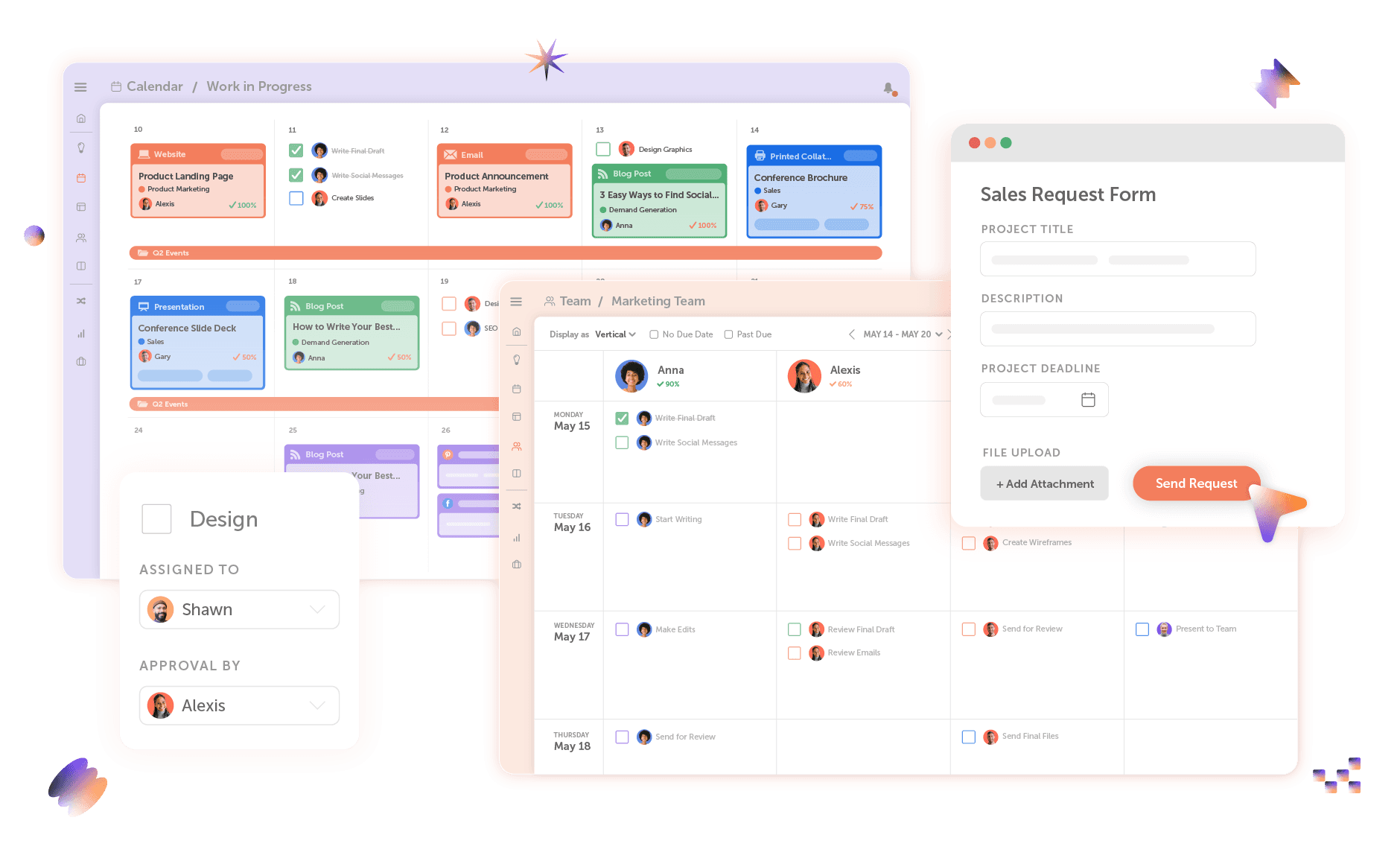CoSchedule Marketing Suite: Complete Buyer's Guide
Comprehensive marketing orchestration platform
CoSchedule Marketing Suite positions itself as a comprehensive marketing orchestration platform that unifies content planning, AI-powered social scheduling, and cross-team collaboration within a single workflow management system. Best for mid-market marketing teams and agencies managing 10+ concurrent campaigns who need unified workflow visibility and AI-assisted content creation rather than specialized point solutions.
Market Position & Maturity
Market Standing
CoSchedule competes in the premium segment of marketing orchestration platforms, positioning against both specialized scheduling tools like Buffer and comprehensive marketing suites like Hootsuite.
Company Maturity
Established customer base spanning educational institutions, marketing agencies, and mid-market organizations, with documented implementations across diverse industries requiring complex workflow management.
Industry Recognition
Market recognition emerges through customer case studies and implementation success stories rather than formal industry awards.
Longevity Assessment
Long-term viability appears supported by established customer relationships and comprehensive feature development, though the platform faces competitive pressure from both specialized AI tools and enterprise marketing suites expanding their orchestration capabilities.
Proof of Capabilities
Customer Evidence
Enterprise Customer Validation includes documented implementations across diverse organizational types, with Lamar University achieving 10x project scaling (5 to 50 monthly projects) while doubling social reach through centralized workflow management [56].
Quantified Outcomes
Quantified Business Outcomes provide concrete evidence of transformation potential. Evernest's 75% project output increase with identical team size demonstrates operational efficiency gains, while Simpleview's 5x faster project completion (1.5 hours versus 8 hours) combined with 400% campaign output increase validates the platform's capacity to dramatically improve productivity metrics [51][57].
AI Technology
CoSchedule's technical architecture centers on dual AI systems designed to address different aspects of marketing workflow automation while maintaining unified data flow across content planning and execution phases.
Architecture
The platform's unified calendar architecture integrates cross-channel visibility with workflow management, differentiating it from point solutions that require multiple tool coordination.
Primary Competitors
Key competitors include Sprout Social for social listening and analytics, Hootsuite for enterprise social management, and Buffer for streamlined scheduling automation [19][20][37][60].
Competitive Advantages
Core Competitive Advantages include comprehensive workflow integration that combines content planning, scheduling, and team collaboration within a single platform, addressing operational complexity that point solutions cannot match.
Market Positioning
Market Positioning Strategy targets organizations seeking workflow consolidation over specialized capabilities, with premium pricing ($190-$750+ monthly) reflecting comprehensive feature sets rather than focused functionality.
Win/Loss Scenarios
Win/Loss Scenarios favor CoSchedule when unified workflow management and AI-assisted content creation align with operational requirements and budget parameters.
Key Features

Pros & Cons
Use Cases
Integrations
Pricing
Featured In Articles
Comprehensive analysis of AI Social Scheduling for AI Marketing & Advertising for AI Marketing & Advertising professionals. Expert evaluation of features, pricing, and implementation.
How We Researched This Guide
About This Guide: This comprehensive analysis is based on extensive competitive intelligence and real-world implementation data from leading AI vendors. StayModern updates this guide quarterly to reflect market developments and vendor performance changes.
60+ verified sources per analysis including official documentation, customer reviews, analyst reports, and industry publications.
- • Vendor documentation & whitepapers
- • Customer testimonials & case studies
- • Third-party analyst assessments
- • Industry benchmarking reports
Standardized assessment framework across 8 key dimensions for objective comparison.
- • Technology capabilities & architecture
- • Market position & customer evidence
- • Implementation experience & support
- • Pricing value & competitive position
Research is refreshed every 90 days to capture market changes and new vendor capabilities.
- • New product releases & features
- • Market positioning changes
- • Customer feedback integration
- • Competitive landscape shifts
Every claim is source-linked with direct citations to original materials for verification.
- • Clickable citation links
- • Original source attribution
- • Date stamps for currency
- • Quality score validation
Analysis follows systematic research protocols with consistent evaluation frameworks.
- • Standardized assessment criteria
- • Multi-source verification process
- • Consistent evaluation methodology
- • Quality assurance protocols
Buyer-focused analysis with transparent methodology and factual accuracy commitment.
- • Objective comparative analysis
- • Transparent research methodology
- • Factual accuracy commitment
- • Continuous quality improvement
Quality Commitment: If you find any inaccuracies in our analysis on this page, please contact us at research@staymodern.ai. We're committed to maintaining the highest standards of research integrity and will investigate and correct any issues promptly.